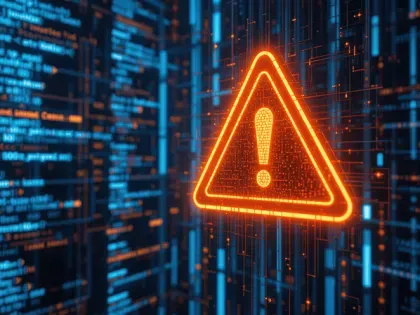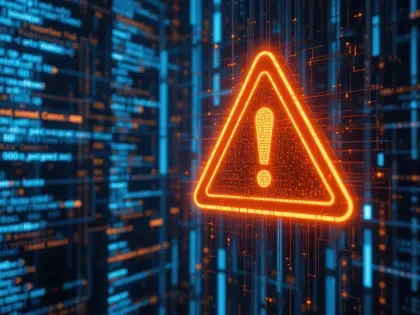What is Vulnerability Monitoring? Benefits, Tools, and Best Practices


In today’s ever changing cyber risk landscape, your organization must adopt a vulnerability management framework to control exposure and remediate risks in a timely manner.
In an earlier blog, we explained the vulnerability management process. Here, we explore a key part of that process – vulnerability monitoring – in greater depth.
What is vulnerability monitoring?
According to NIST, vulnerability monitoring (also known as vulnerability scanning) is a technique used to identify hosts/host attributes and associated vulnerabilities.
Vulnerabilities can include unpatched systems, open ports, misconfigurations, and more. If these security holes aren’t discovered and remediated, they can be exploited by threat actors. Let’s look at a set of best practices for effective vulnerability monitoring.
1. Regular scanning
Regularly scan your systems, applications, and networks for vulnerabilities to keep up to date on potential risks.
Continuous monitoring is essential to understanding and visualizing your attack surface and the security posture of devices, applications, network, and digital environments like cloud services and shadow IT.
Because third parties increasingly have access to your systems and data, it’s also important to continuously monitor supply chain risk so that you can act quickly and collaboratively to remediate emerging threats.
2. Prioritize vulnerabilities
Not all vulnerabilities are critical. For example, a misconfigured firewall on a server that stores sensitive data should be prioritized for rapid triage and remediation. Likewise, unpatched systems are an easy target for bad actors. Indeed, Bitsight found that less mature patching programs increase ransomware risk sevenfold.
Bitsight has the advantage of allowing you to visualize and prioritize disproportionate risks based on the severity and potential impact of a vulnerability. From there you can allocate resources where they will have the greatest impact on the security performance of your organization.
Read more about the Top 8 Security Flaws That Will Get You Hacked.
3. Stay up to date
Keep up to date with patches and software updates to address known vulnerabilities. Maintaining a regular patching cadence is one of the easiest things you can do to mitigate network security threats. Yet this basic cybersecurity hygiene measure is often overlooked due to the frequency of updates, the scale of enterprise systems, and a lack of resources.
Bitsight makes it easy to continuously assess your network for unpatched systems and out of date operating systems – both internally and across your supply chain. Using these insights, you can prioritize which patches are most critical and take steps to measurably reduce risk.
4. Monitor network traffic
Identify and respond to potential security threats by monitoring network traffic for unusual activity, including unauthorized access attempts. Attempts to access resources that are not normally accessed or an increase in traffic from unfamiliar IP addresses are red flags that should be acted upon quickly. Responding to potential security threats can be done by isolating the traffic from these sources and blocking access to certain resources or taking other protective measures.
5. Have a response plan
Have a plan for responding to vulnerabilities, including an incident response plan that outlines steps for mitigating risks and preserving evidence.
Refer to your risk prioritization strategy to identify the most critical vulnerabilities and where resources should first be directed. When a breach is detected, use metrics – such as Bitsight Security Ratings – to identify compromised systems or other vulnerabilities present in the network.
Read more about developing a data breach response plan.
6. Educate employees
Educate employees about the importance of security and best practices for avoiding vulnerabilities, such as avoiding phishing scams and keeping software up to date.
Importantly, employees should be stakeholders in ensuring a cyber-secure organization.
Should a data breach or ransomware attack occur, the impact will be felt by everyone, leading to lost productivity, burnout, loss of faith in the company, and perhaps even mass exodus. According to a recent study, CISOs reveal that half of staff might quit after a cyberattack.
Download our eBook to learn more about promoting feelings of responsibility and accountability for cybersecurity.
7. Collaborate with stakeholders
Collaborate with stakeholders, including security teams, developers, and vendors, to ensure that vulnerabilities are being monitored and addressed effectively.
Unfortunately, most organizations lack a common language for discussing KPIs, vulnerabilities, and the findings of cybersecurity assessments. This leads to confusion and an inability to come to agreement about the greatest risks facing the organization and how to remediate them.
But using Bitsight’s suite of solutions, technical and non-technical stakeholders can gain unprecedented visibility and metrics that provide a common language around security and risk so that they can make faster and more strategic decisions about cyber risk management.
Learn more about Bitsight’s data driven insights that can increase visibility into your attack surface and the risks from cyber vulnerabilities.

